Five Things to Consider When Specifying RF Connectors for Harsh Industrial Environments
RF connectors that operate in industrial environments must maintain a clean signal under harsh conditions. To specify the right connector, you need to evaluate the particular challenges the application will endure and select a connector that is up to the job.
Understanding the characteristics of the environments in which connectors are to be stored and deployed is key when specifying RF connectors for harsh industrial environments. Information about an application and its potential hazards will help identify the connector design characteristics and materials that can deliver the required performance for the lifetime of the system. Five things that are especially important to consider when specifying RF connectors for use in harsh industrial environments are shock and vibration, environmental sealing, materials, ease of use, and options for additional protection.
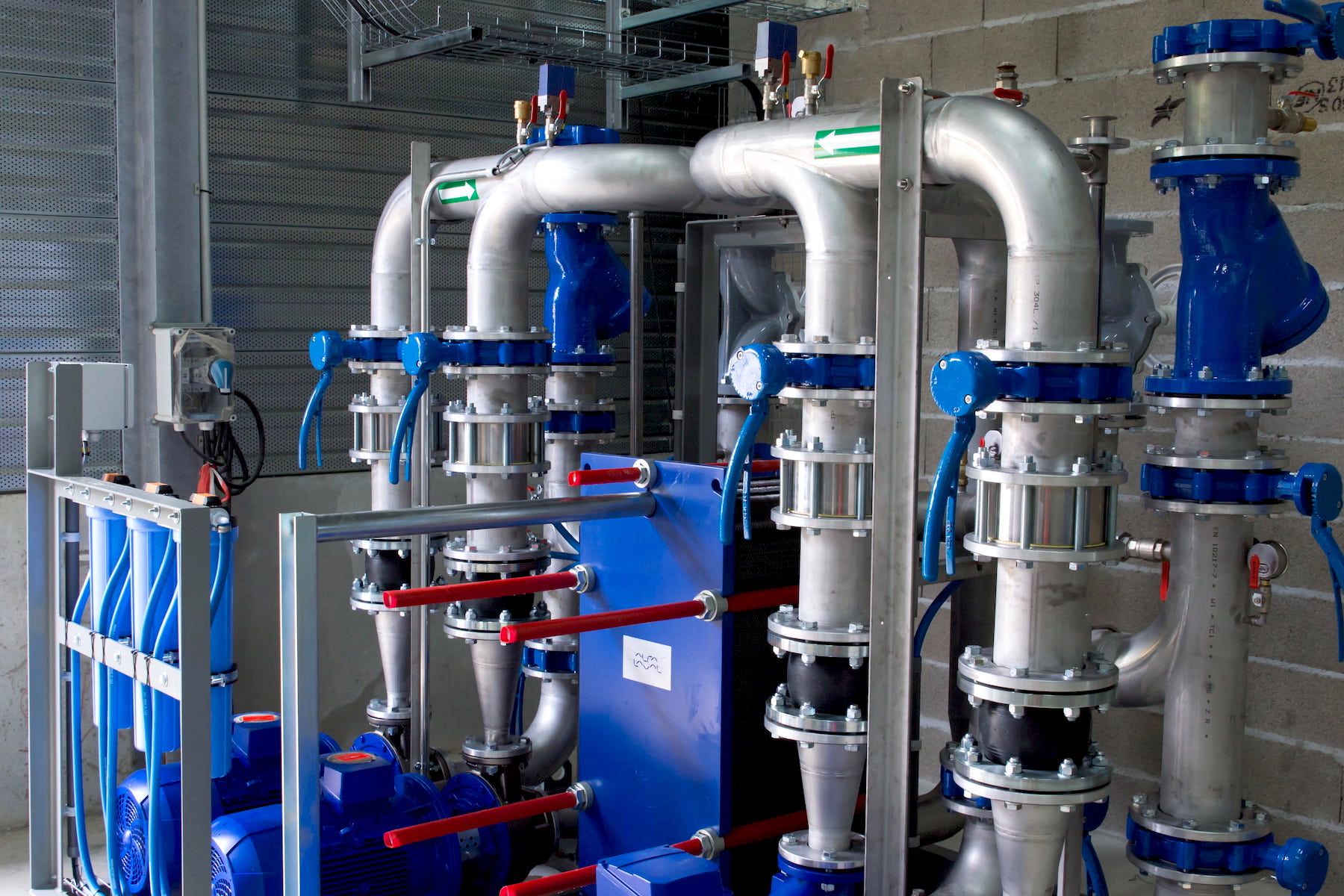
1. Shock and Vibration
The presence of environmental shock and vibration can negatively affect signal transmission quality by causing connectors to come loose or disconnect, resulting in partial to total signal loss. Connectors that will be subjected to shock and vibration require the selection of a locking mechanism that’s sure to maintain signal integrity at all times. In general terms, connectors for harsh environments should feature a secure locking mechanism, like threaded and bayonet options, to maintain positive mating and a constant signal path. BNC, TNC, SMA, and N-Type RF connector variants feature a silicone gasket that helps protect the locking mechanism against vibration, making them more suitable for industrial applications than press-fit designs, which are more likely to spin during vibration, impairing connector performance. In addition, RF connectors made with stronger base materials, such as stainless steel, typically allow for rougher handling without the risk of diminished performance. For example, by virtue of their inherent material characteristics, threaded stainless steel connectors can be torqued up more tightly than the same connector made of brass, which can provide greater resistance to force and vibration.
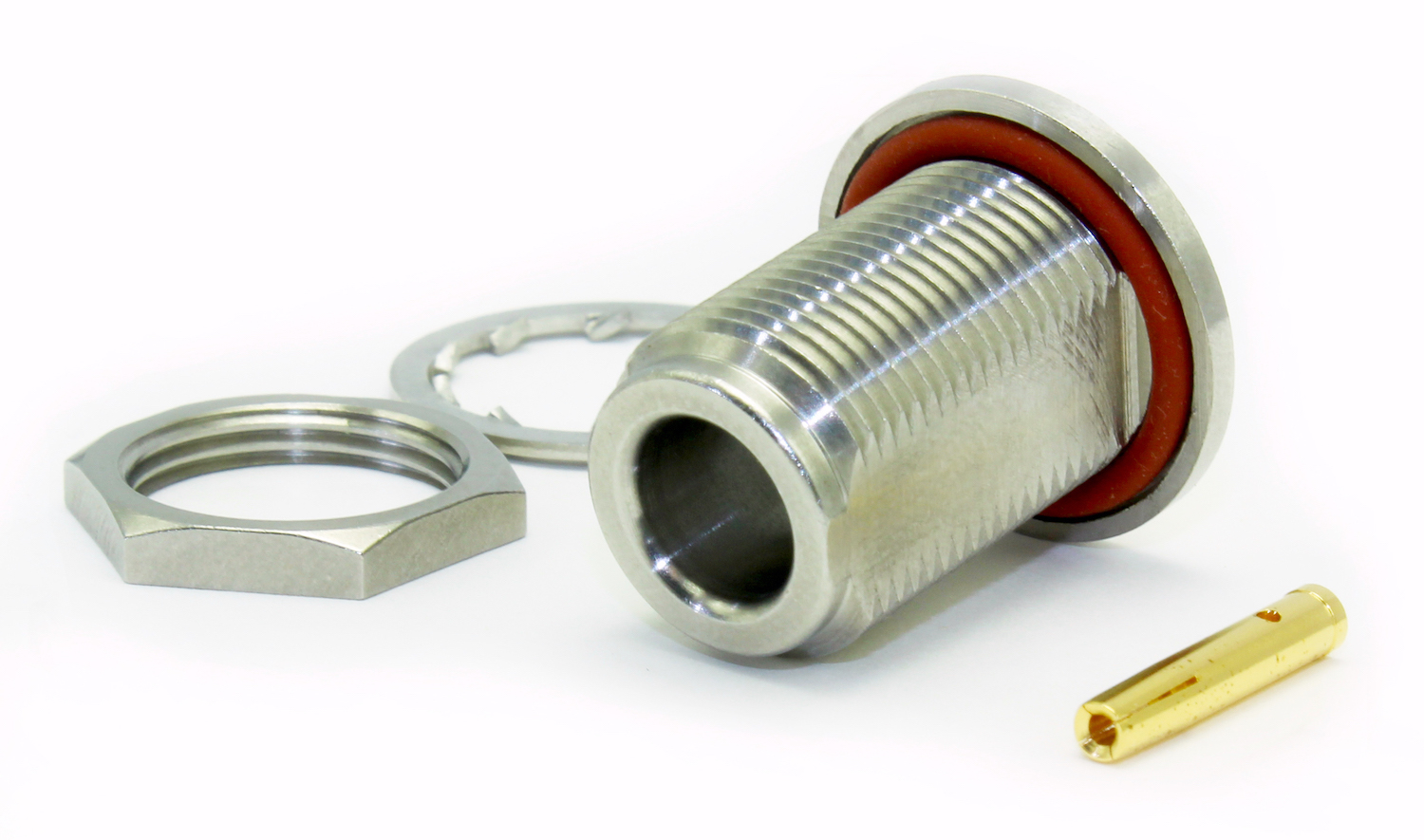
The body of this N-Type Solder Jack from COAX Connectors is made of stainless steel to provide robust resistance against shock, vibration, and corrosion
2. Environmental Sealing for RF connectors
Ingress of water, other liquids, dirt, or debris can result in damage to both the connector and the equipment to which it’s fitted. These contaminants can also negatively affect the performance of the RF signal path. In environments where there’s a possibility of liquid or solid ingress, it’s important to select a design with the correct ingress protection (IP) rating. A connector’s IP rating defines the level of protection it provides against the intrusion of both dust and water. For example, an IP67 rating provides dust-tight protection against the ingress of solid contaminants for two to eight hours of continual exposure, and protection against water ingress when immersed in depths up to one meter for up to 30 minutes. An IP68 rating provides the same protection from solids and offers protection against immersion at depths greater than a meter and for longer periods of time, as specified by the manufacturer of the application.
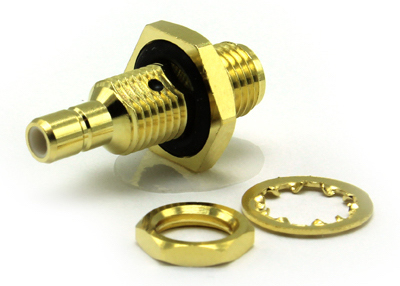
This SMA RP Jack to SMB Bulkhead Jack Adaptor from COAX Connectors is both hermetically sealed and sealed to IP68 to provide gas-tight, dust-tight, and water-tight protection tested to depths of 50 meters.
3. Materials for RF connectors
Connectors deployed in hazardous atmospheres, such as those used at sea, are at risk of damage associated with submersion in saltwater and exposure to saltwater vapor, both of which can lead to corrosion. The selection of the correct base and plating materials will offer longer-term protection against the effects of corrosive environments and help ensure the integrity of the signal. For instance, stainless steel connectors offer more corrosion resistance and support higher operating temperatures than those made with less robust base materials, like brass. White bronze plating is commonly used in telecommunication applications because it doesn’t tarnish and, as such, maintains its connection for longer. Similarly, modern high-performance coatings, such as zinc-nickel and zinc-cobalt, offer optimal performance for connectors employed in industrial, military, aerospace, and other harsh-environment applications due to their inherent resistance to corrosion. In addition, black nickel plating can provide serious advantages in environments where the reflection of light is undesirable, as it is much less reflective than gold, nickel, and many other common connector plating materials.

COAX Connectors’ white bronze, bayonet-locking, IP68 crimp plug (left) provides effective protection against the ingress of both water and dust even when unmated and its black-nickel-plated TNC right-angle plug to jack adaptor (right) offers lower reflectivity than nearly all other plating materials.
4. Ease of Use
Harsh-environment connectors should be easy to engage and disengage and, ideally, should provide tactile and/or auditory feedback to confirm proper engagement and disengagement. Different types of RF connector configurations will offer more secure industrial connections than others, since the shape and design of a connector contributes to its robustness, but materials also play a part. For example, circular connectors are easier to seal and are less likely to wear or break than other configurations, while connectors with positioning pins can help to ensure proper alignment during the mating process and those with a knurl can provide users with a better grip when mating or unmating connectors, especially in more hostile environments where operators may be wearing personal protective equipment. In addition, connectors with bayonet coupling mechanisms support secure connections but also enable quick release and are well suited to industrial connections that need to be frequently coupled and uncoupled.
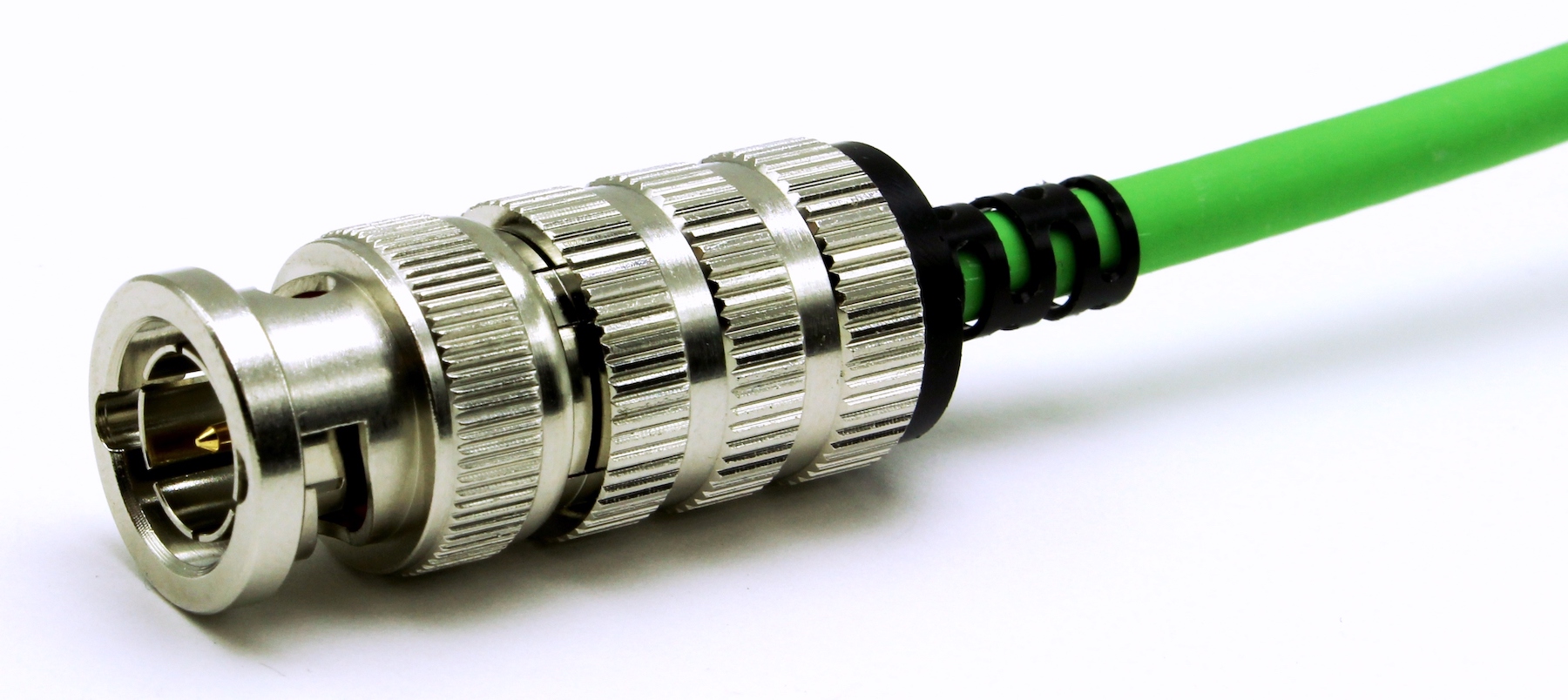
COAX Connectors’ Easy-Grip BNC Straight Crimp Plug features an extended coupling nut that provides a larger surface area for gripping and makes it easier to mate and unmate in challenging environmental conditions.
5. Additional Protection
Connectors deployed in harsh environments can require protection while both in storage and in use. The use of external housings can help provide both additional protection and ensure positive coupling for industrial RF connectors. Overmolding can be used to protect cable connections and provide enhanced stability. Industrial RF connectors can also be attached to armored cable, which offers protection from cable damage while simultaneously protecting and reinforcing the cable connection. Additional protection for industrial connectors can include dust caps, which help protect unmated connectors against both contaminants and interface damage, and heavy-duty seals and grommets, which can offer watertight ingress protection, help keep connector components firmly in place, and provide a barrier against other contaminants.
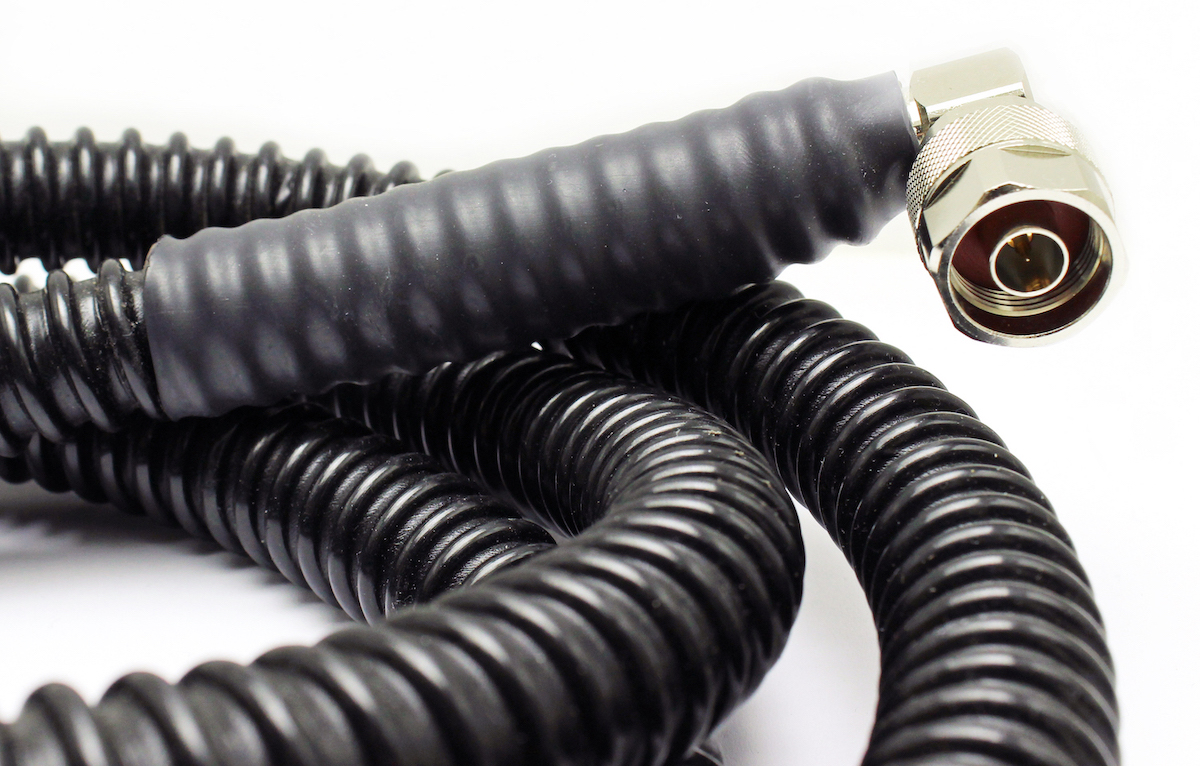
RF connectors deployed in harsh environments can be attached to armored cable for additional protection from physical damage and signal interruptions. This is an example of a bespoke armored cable assembly from COAX Connectors.
For more information, visit COAX Connectors online.





